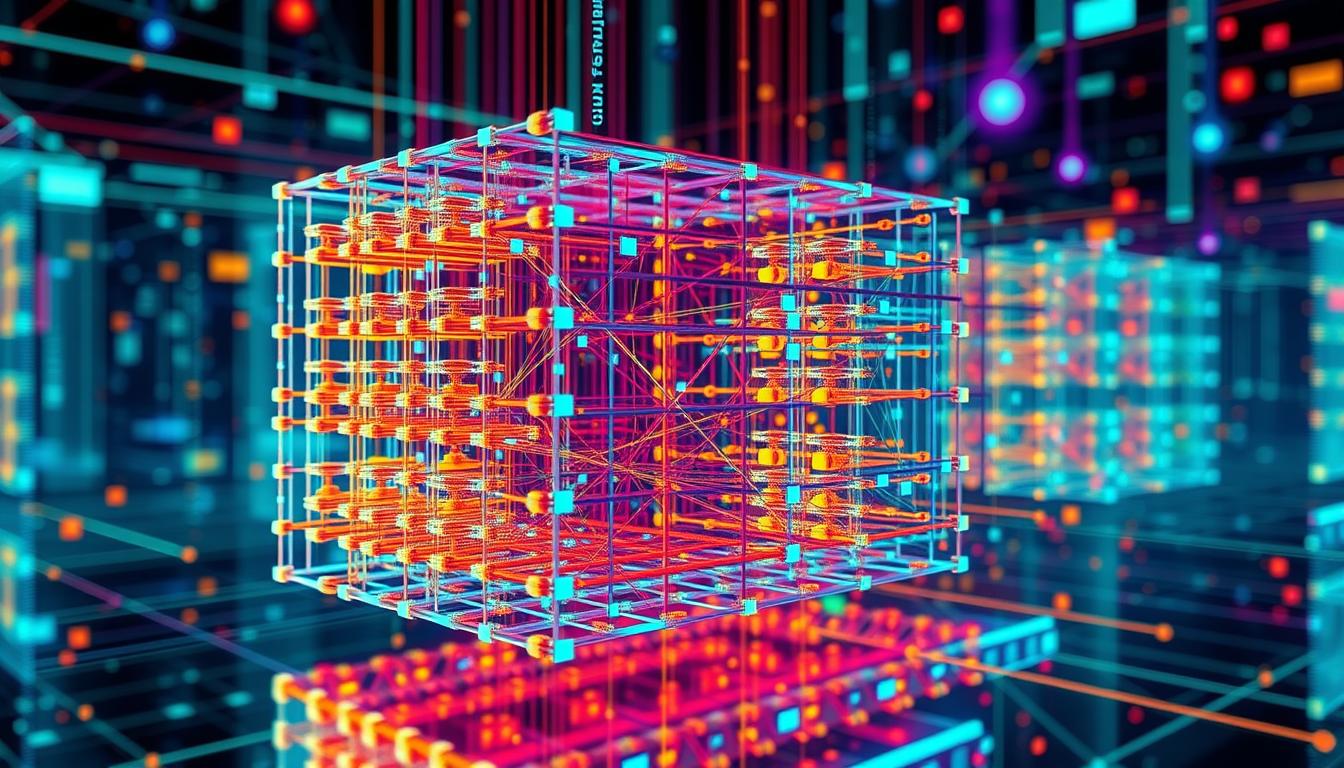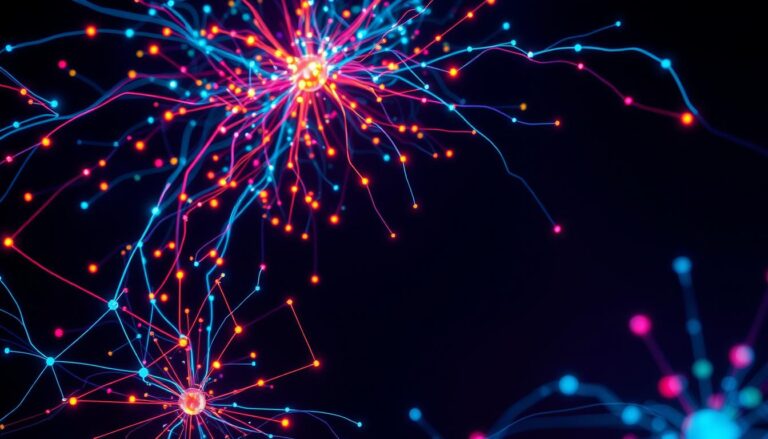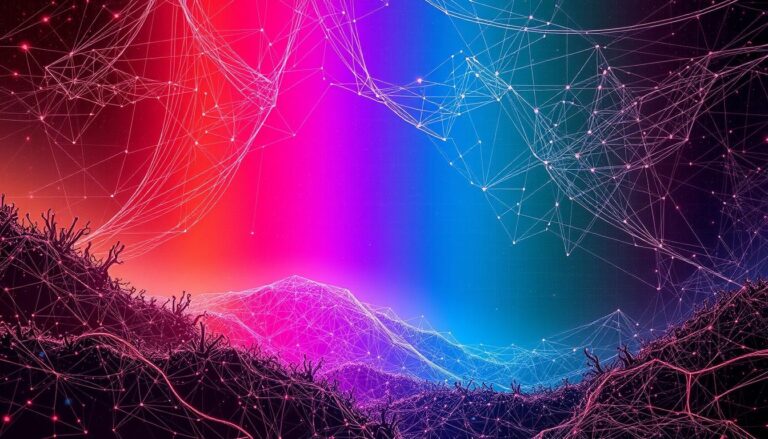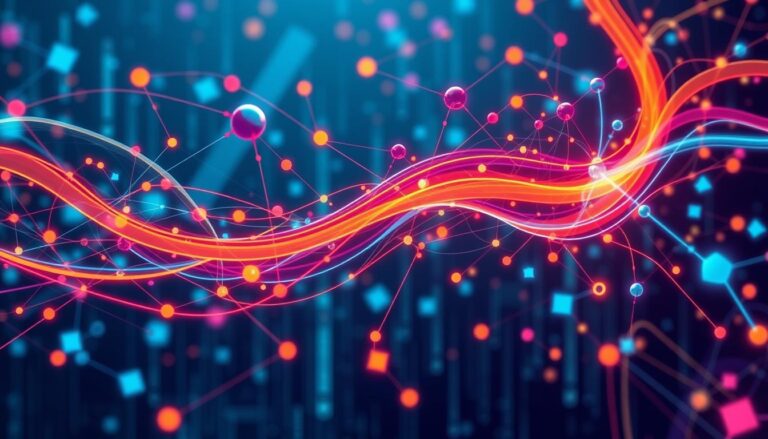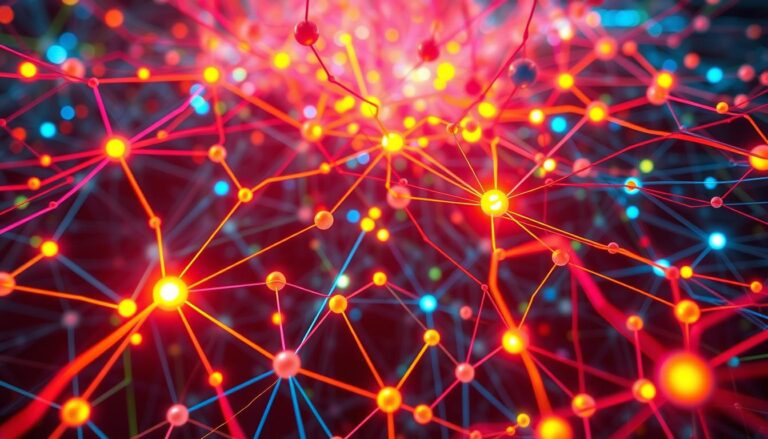How do convolutional neural networks (CNNs) work in image recognition tasks?
Convolutional neural networks (CNNs) are a key part of deep learning. They have changed how we work with images and recognize them. These networks learn from images automatically, making them great for visual tasks.
CNNs are inspired by how our brains work. They’re good at finding patterns in images, like edges and shapes. They use layers to break down images into smaller parts, helping them classify images well.
A CNN has three main parts: convolutional, pooling, and fully connected layers. The convolutional layers look for features in images. Pooling layers shrink these features without losing important details. Fully connected layers then decide what class an image belongs to.
CNNs are very good at many image tasks, like recognizing faces and finding cancer in medical images. They can learn from images on their own, making them the top choice in computer vision since 2012.
Introduction to Convolutional Neural Networks
Convolutional neural networks (CNNs) are key in machine learning, especially for image recognition and computer vision. They mimic the human brain’s visual cortex. This makes them great at analyzing digital images.
What are CNNs?
CNNs are artificial neural networks with several layers. These include convolutional, pooling, and fully connected layers. The convolutional layers pull out important features from images. The pooling layers shrink these features, making the network more efficient.
The fully connected layers then use these features for tasks like classification or object detection.
Applications of CNNs
CNNs are used in many fields, like marketing, healthcare, and transportation. They are useful in several ways:
- Image Recognition: CNNs can spot and classify objects, people, or scenes in images.
- Object Detection: They help find and pinpoint objects in images, crucial for self-driving cars.
- Facial Recognition: CNNs can identify and verify people in images or videos, useful for security.
- Medical Imaging: They analyze medical images like X-rays or MRI scans to help diagnose and treat diseases.
In summary, CNNs are vital in computer vision. They’ve led to big improvements in industries that need to understand visual data.
Convolutional Layer
The convolutional layer is key in convolutional neural networks (CNNs). It does most of the work. It uses input data, a filter, and a feature map.
The feature detector, or kernel, scans the image. It checks for specific features. This is called convolution.
Convolution Operation
The output of the dot products is a feature map. The weights in the detector stay the same. This is called parameter sharing.
Some parameters change during training. This happens through backpropagation and gradient descent.
Feature Maps
The feature detector is a 2-D array of weights. It represents part of the image. The filter size is usually 3×3.
Three hyperparameters affect the output size. These are the number of filters, stride, and zero-padding.
Filters and Kernels
The convolutional layer extracts hierarchical features from images. It uses pattern recognition and image processing.
The process involves matrix multiplication between the input and filters. This creates feature maps. These maps show the detected features in the input.
Pooling Layer
In the world of convolutional neural networks (CNNs), the pooling layer is key. Pooling layers shrink the input size, which helps avoid overfitting. They do this by scanning the input with a filter and combining values in a specific area.
Max Pooling
Max pooling picks the highest value in the filter’s area. It’s great at finding the most important features. This way, it keeps the main details while making the image smaller.
Average Pooling
Average pooling averages the values in the filter’s area. It gives a more balanced view of the image. This helps the model not overfit and improves translational invariance.
| Pooling Type | Output Example | Characteristics |
|---|---|---|
| Max Pooling | [[9. 7.], [8. 6.]] | Selects the maximum value from the region, useful for identifying prominent features. |
| Average Pooling | [[4.25 4.25], [4.25 3.5]] | Computes the average value of the region, providing a more generalized representation. |
Pooling layers reduce the input size and improve feature representation. They make the model less affected by small changes in the image. This translational invariance helps CNNs focus on key features, making them more efficient and reliable.
Deep Learning with CNNs
Deep learning is a part of machine learning that uses many-layered neural networks. These networks are better than simple ones. Convolutional Neural Networks (CNNs) are great for tasks like recognizing images. They learn features in layers, starting with simple ones and moving to complex ones.
CNNs can automatically find features in images, which saves time. This makes them very good at recognizing images. They have greatly improved how well computers can do this.
CNNs can also find features in images no matter where they are. This is thanks to pooling layers that make them work faster and use less memory. It also means they can process images more efficiently.
Deep Convolutional Neural Networks (DCNNs) are used a lot for recognizing images. They work on all the colors in an image at once. This makes them very good at recognizing objects and classifying images.
CNNs are used in many areas for precise results. They are good at recognizing faces, classifying videos, and even understanding medical images. They are also used in business for tasks like image classification and analyzing medical images.
| CNN Architecture | Key Characteristics | Applications |
|---|---|---|
| R-CNN | Region-based Convolutional Neural Network | Object detection and segmentation |
| Fast R-CNN | Improved version of R-CNN with higher speed | Object detection and segmentation |
| GoogleNet | Won ImageNet Challenge with error rate less than 7% | Image classification |
| VGGNet | 138 million parameters, resource-intensive inference | Image classification |
| ResNet | Reached 3.57% error rate, outperforming human-level performance | Image classification |
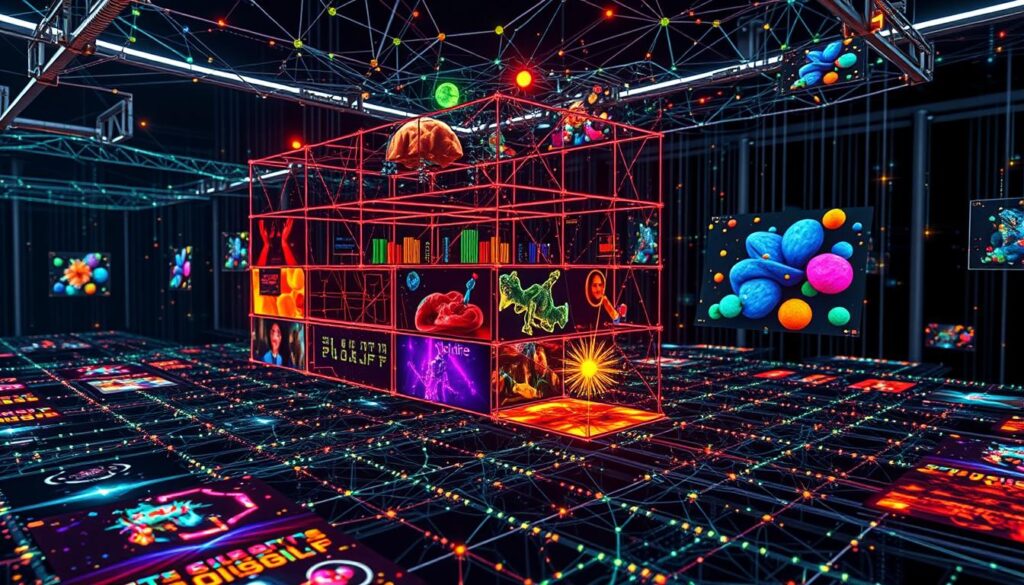
Fully Connected Layer
The fully connected layer is key in a convolutional neural network (CNN). It classifies images based on features from earlier layers. This layer combines features from the previous layers, helping the CNN make a final decision.
Classification Task
The fully connected layer maps features to specific classes. Each input from before connects to every unit in this layer. This lets the network weigh and combine features for accurate classification.
This layer often uses a softmax activation function. It gives a probability for each class. This shows how sure the network is about its choice, helping in image classification and object detection.
CNNs use the fully connected layer to turn early features into meaningful representations. This helps the network make accurate predictions. The fully connected layer is essential for CNN success in image recognition.
CNN Architectures and Applications
Convolutional neural networks (CNNs) have made huge strides since the 1980s and 1990s. Pioneering CNNs have brought new abilities to image recognition and classification. Each architecture has its own strengths, pushing the limits of what’s possible.
LeNet-5
LeNet-5, introduced in 1998, is a standout CNN. It showed how CNNs can handle visual data well. With just 60,000 parameters, it set the stage for future advancements.
AlexNet
In 2012, AlexNet revolutionized image recognition. Developed by Alex Krizhevsky, Ilya Sutskever, and Geoffrey Hinton, it won the ImageNet Large Scale Visual Recognition Challenge. It proved deep learning can excel in big image classification tasks.
VGGNet
VGGNet, introduced in 2014, is known for its simple design. It uses many convolutional and max-pooling layers. Its success on the ImageNet dataset showed deeper CNNs can do great in image tasks.
These CNNs have opened doors to deep learning in many areas. They’ve helped in image recognition, document analysis, and object detection. As research grows, so does the potential of these neural networks.
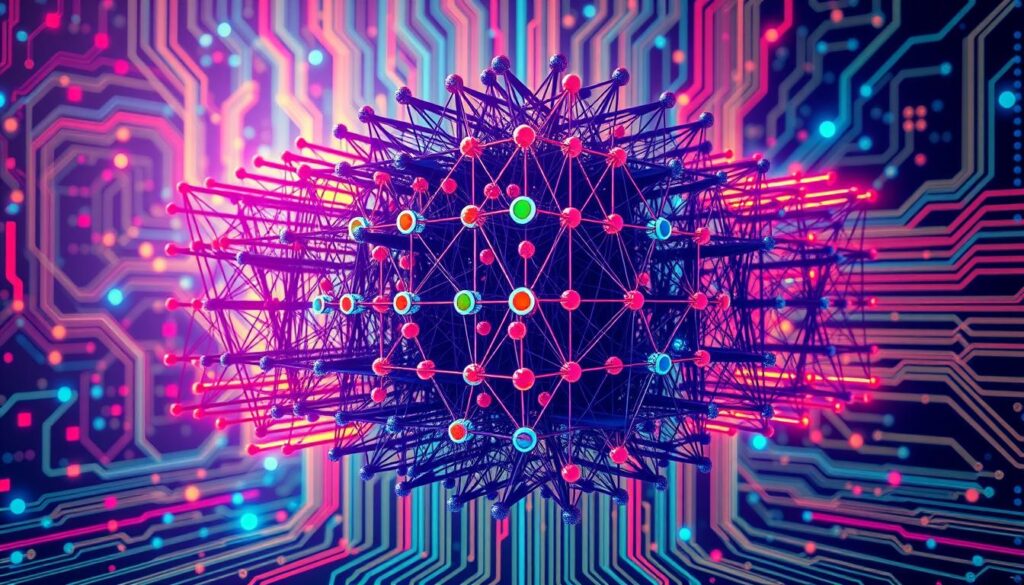
Conclusion
Convolutional neural networks (CNNs) have changed the game in image recognition and computer vision. They use spatial hierarchies and automatically find important image details. This makes them great for tasks like object detection and medical image analysis.
CNNs are key in Artificial Intelligence and deep learning because they extract features well and learn from images. Their impact will grow as the field advances. This will lead to new applications and breakthroughs.
The future looks bright for CNNs. With more data and computing power, they will achieve even more. They will change industries and improve our lives. The possibilities in Artificial Intelligence are endless.
